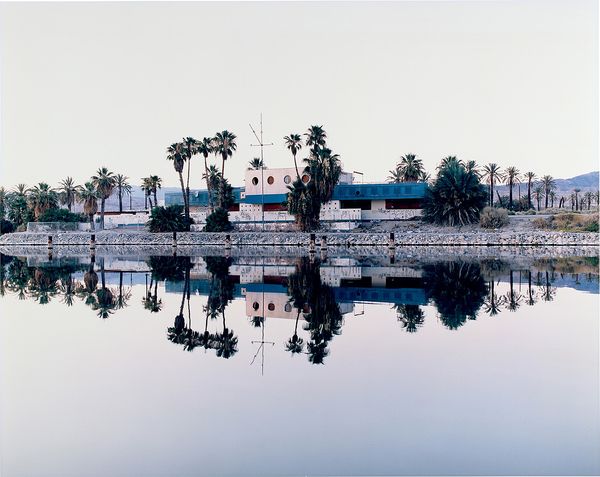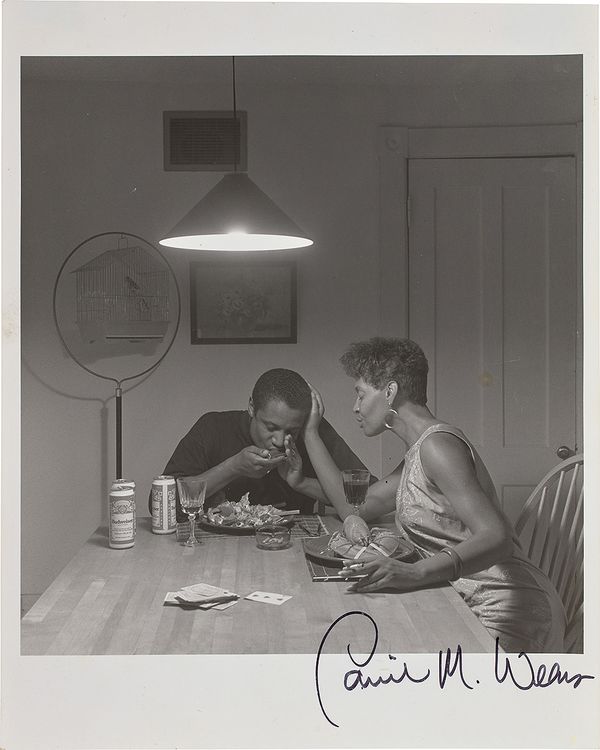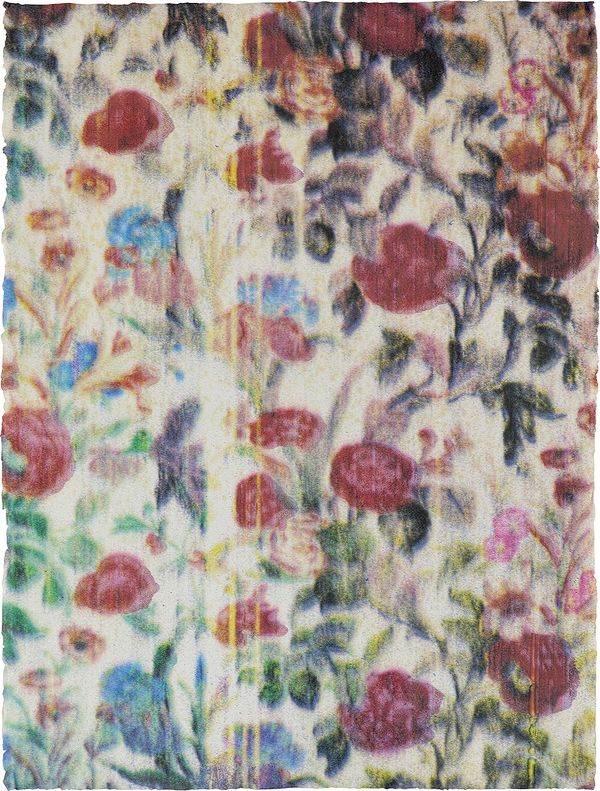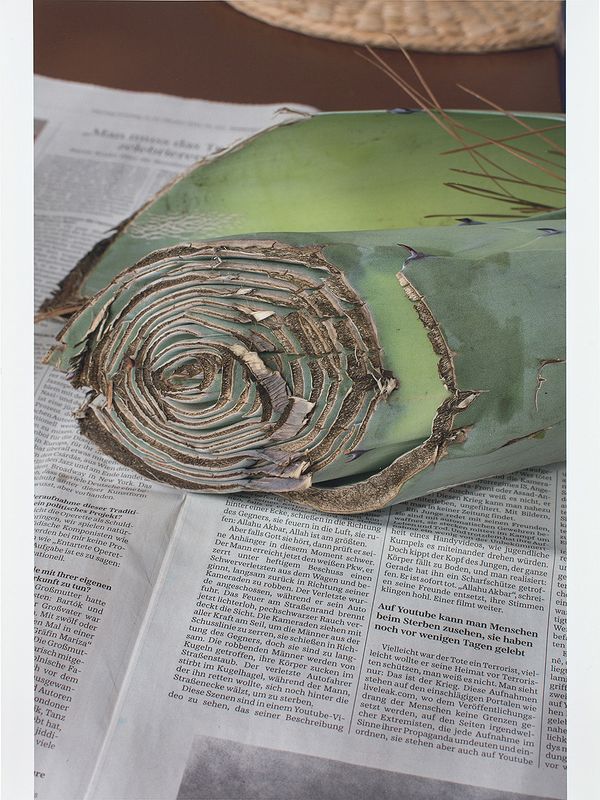Annette Kelm, North Shore, Romantic Etiquette, 2006.
Juliana Lopez, Artsy Curatorial Senior Manager
At first read, Untitled (Eating Lobster) appears to be a tender moment between two lovers enjoying dinner. However, as subtle clues within the image start to reveal themselves, a different story comes to light. You realize that only the female subject is expressing affection, caressing the male character while he focuses on playing the harmonica. His wine glass is empty and plate full of picked-through shells, while her drink appears untouched and lobster intact. Slowly, the scene of two lovers becomes one of disparity, as the female protagonist plays a supporting role to her male co-star and her own needs remain unsatisfied.
Carrie Mae Weems, The Kitchen Table Series: Untitled (Eating Lobster), 1990.
Three decades after its creation, The Kitchen Table Series, Carrie Mae Weems’ seminal body of work, remains equally relevant today. The photographs in this series have the unusual ability to transcend time, not only for their continued socio-political relevance, but for their ability to express such nuanced social exchanges and emotions, like that in Untitled (Eating Lobster). As Weems herself said in a 2016 interview with W Magazine, “I still find it remarkable, and I’m still completely surprised by it, and how it’s still so completely contemporary. It’s very difficult to discern when the work was made; it could have been made 30 years ago, or it could have been made 30 days ago.”

Juliana Lopez's Endless Summer Checklist
Go-to cocktail: Classic margarita. On the rocks with salt.
Song on repeat: Ocean Man, Ween
Required beach reading: I’ll be Gone in the Dark, Michelle McNamara
Favorite summer artwork: William Eggleston, Untitled, cira 1983 - 1986

Sarah Shelburne, Artsy Auctions Operations Manager
No matter the medium that Gabriel Orozco uses, be it sculpture, photography, printmaking or installation, the artist is able to infuse his work with a macabre temporality. Whether it is an abstract sculpture evoking vertebres, his typography series sourced from New York Times obituary columns, or a photograph of an inanimate monkey placed in a living tree, Orozco playfully alludes to impermanence in a way that both enthralls and unnerves the viewer.
Gabriel Orozco, Phantom Flower 4, 2014.
Phantom Flower 4, a large-scale editioned print featured in Phillips: Endless Summer, epitomizes this discordant beauty. A bright floral pattern, which might strike the viewer as reminiscent of a childhood wallpaper or bedsheet, appears slightly degraded by rough edges and blurred focus. Coupled with colorful streaks evocative of a camera’s light leak, the composition leaves the impression of a fading memory. In a year when bright expectations have often fallen short or appeared just out of reach, this captivating artwork feels all the more prescient.
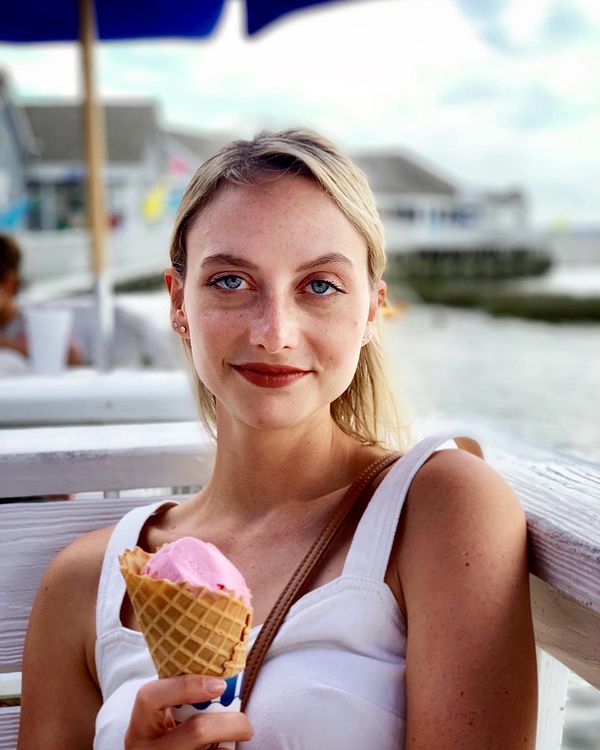
Sarah Shelburne's Endless Summer Checklist
Go-to cocktail: Mezcal Margarita
Song on repeat: Coo Coo Coo by Santigold
Required beach reading: Life of the Party by Olivia Gatwood
Favorite summer artwork: Leonard Freed, Fire Hydrant Fun, Harlem, NYC, 1963

Lansing Moore, Artsy Email Marketing Manager
Amy Sillman provides a wry commentary on art parties with this archival inkjet print, whose loose style evokes Ludwig Bemelmans's sketches of his own post-war social scene. Now that New York has gone the better part of a year without large gatherings, this work of Sillman’s similarly seems to capture a bygone era of the city’s art world.
Amy Sillman, MoMA Opening, 2007.
While curating her Artist's Choice exhibition at MoMA, Sillman wrote, “Basically everything in the world is a shape...every edge, corner, blob, form, silhouette, or negative space is something you have to navigate to get through a room.” This scene puts you in the room, before everyone’s gaze, and makes you acutely aware of how we contort ourselves to navigate crowds — an idea that reconciles the subject matter with her better-known non-figurative paintings. MoMA and the rest of New York’s museums will soon reopen with limited capacity, so while our art viewing may resume, the people watching that Sillman portrays is still a ways off.
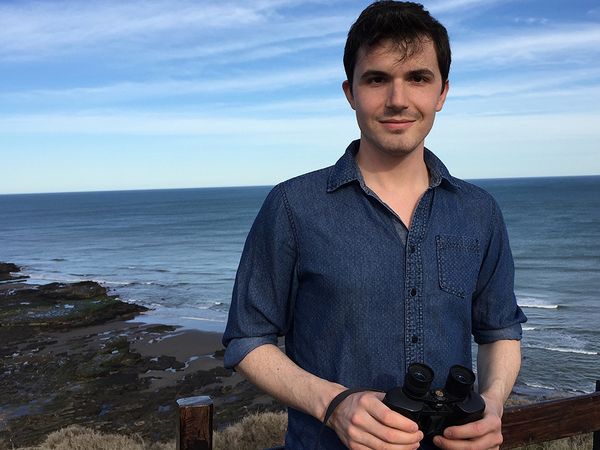
Lansing Moore's Endless Summer Checklist
Go-to cocktail: Dark and Stormy
Song on repeat: Blinding Lights, The Weeknd
Required beach reading: The Complete Patrick Melrose Novels by Edward St. Aubyn
Favorite summer artwork: Marsden Hartley, Robin Hood Cove, Georgetown, Maine, 1938

Alisha Wexler, Artsy Social Media Marketing Manager
My eye has always been drawn to everyday objects and identifying the peculiarities and charm in seemingly banal moments. For this reason, I love Wolfgang Tillmans’s still-lifes. The artist has elevated the snapshot with his uncanny ability to make commodities and details — sometimes unappealing, benign, or dirty — seem luscious.
Wolfgang Tillmans, still life, Calle Real II, 2014.
Calle Real II is as striking as it is austere. A husk of agave sits on top of a German newspaper article that describes an online image that criticized the Islamic State. Viewers observe the natural light, bold colors, and rustic textures while reflecting on the private, public, and political spheres that exist within their lives.
A genre associated with 17th Century Dutch paintings becomes contemporary and equalizing.
Acknowledging the aesthetics of something as simple as fruits, vegetables, and household items arranged on a table — focusing on their intricate cracks, sinuous patterns, and varying compositions — is something that can help anyone feel a little more present and alive.

Alisha Wexler's Endless Summer Checklist
Go-to cocktail: Non-alcoholic spritzer: Seltzer, splash of pomegranate juice
Song on repeat: Everything is Embarrassing, Sky Ferriera
Required beach reading: Luster by Raven Leilani
Favorite summer artwork: Juergen Teller, Sofia Coppola, Marc Jacobs Perfume Spring Summer 2001, 2000

Eleonora Leo, Artsy Collector Relations Senior Manager
José Parlá is well known for his public installations and large scale paintings such as World Trade Center’s One: Union of the Senses and Diary of Brooklyn at the Barclays Center. At 47 1/2 x 35 1/2 inches, Parlá’s work being offered in this year’s Endless Summer auction is the perfect opportunity to own a work by this renowned artist that will fit any home, even a New York apartment.
José Parlá, February Days, 2014.
Taking inspiration from city walls and urban landscapes, Parlá’s multi-layered painting February Days exemplifies his enduring passion for calligraphic and graffiti technique, as well as his exceptional eye for texture. If we move around to view this particular painting from the side, we’ll find a pleasant pop of color, a dynamic and energetic yellow that reminds me of cabs darting through the busy streets of New York. The city has, in fact, been the artist’s home for over 20 years, and it’s here that he’ll be having his first solo museum exhibition at The Bronx Museum of the Arts. The show was temporarily closed due to Covid-19 in early Spring and will re-open soon, from September 2020 until January 2021.

Eleonora Leo's Endless Summer Checklist
Go-to cocktail: Cucumber Jalapeño Margarita
Song on repeat: Entre Dos Aguas, Paco de Lucía
Required beach reading: Any by Andrea Camilleri from the Montalbano series
Favorite summer artwork: Massimo Vitali

Discover More from Phillips Southampton >
